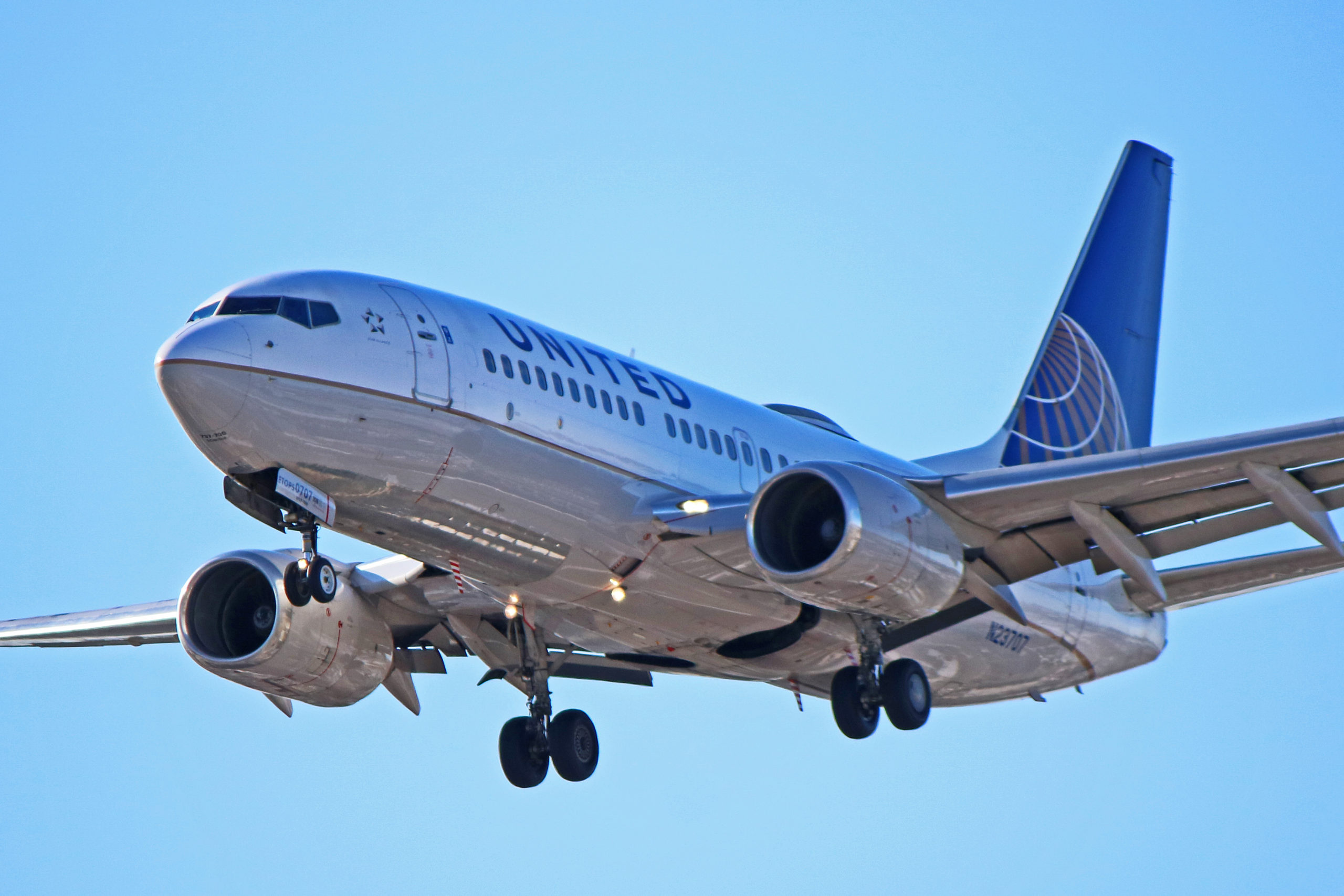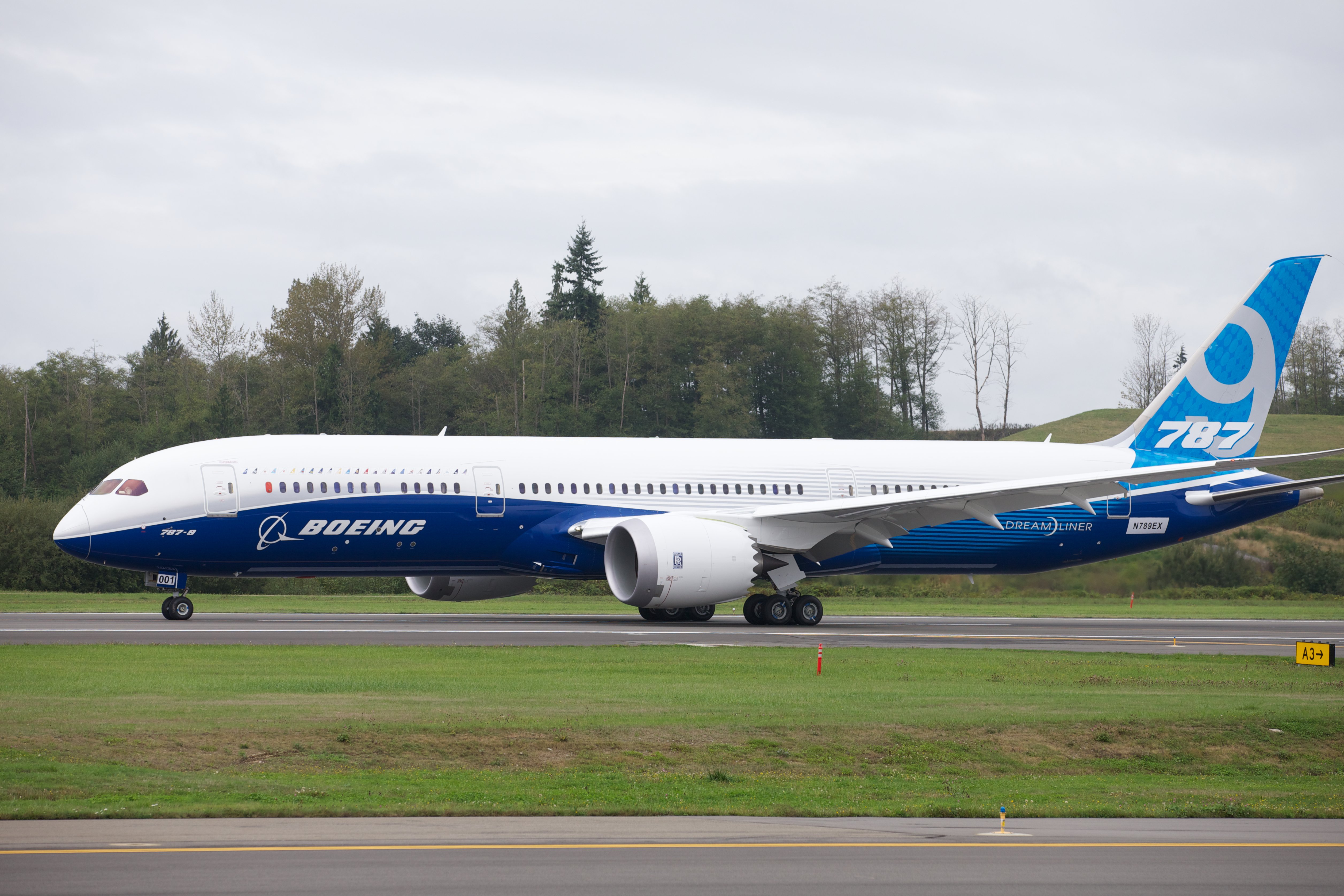Passenger Plane History and Evolution

The history of passenger planes is a fascinating journey from the early days of flight to the modern era of high-speed jets. This journey is marked by significant technological advancements that have revolutionized air travel and made it accessible to millions worldwide.
Early Days of Flight
The Wright brothers’ first successful flight in 1903 marked the beginning of aviation. Early aircraft were fragile and limited in range, but they quickly captured the imagination of the public. The first passenger flights were carried out in 1914, using modified biplanes. These early planes were slow and uncomfortable, but they paved the way for the development of more sophisticated aircraft.
The Rise of Commercial Aviation
The 1920s and 1930s saw the rise of commercial aviation. Aircraft like the Ford Trimotor and the Douglas DC-3 were introduced, offering greater passenger capacity and comfort. These planes played a crucial role in connecting cities and continents, making air travel more accessible to the public.
Technological Advancements
The development of passenger planes has been driven by several key technological advancements:
- Engine Technology: The transition from piston engines to jet engines in the 1950s revolutionized air travel. Jet engines provided significantly more power and speed, enabling planes to travel longer distances and at higher altitudes. The introduction of turbofan engines in the 1960s further improved fuel efficiency and reduced noise levels.
- Aerodynamics: Advances in aerodynamics have led to the development of more efficient and streamlined aircraft designs. This has resulted in increased fuel efficiency, reduced drag, and improved performance.
- Materials: The use of lightweight and strong materials like aluminum and composites has made it possible to build larger and more efficient aircraft. These materials also contribute to improved safety and durability.
- Avionics: Advancements in avionics have led to the development of sophisticated flight control systems, navigation equipment, and communication systems. These technologies have significantly improved safety and efficiency in air travel.
Evolution of Aircraft Designs, Passenger plane
The evolution of passenger planes can be seen in the design and features of different historical aircraft models:
- The Douglas DC-3 (1935): A classic aircraft that revolutionized commercial aviation. It featured a twin-engine design, a spacious cabin, and improved comfort for passengers. The DC-3 was a workhorse for airlines for decades and played a vital role in World War II.
- The Boeing 707 (1958): The first commercial jetliner, the Boeing 707 introduced jet travel to the world. Its sleek design and powerful jet engines enabled it to fly at significantly higher speeds and altitudes, revolutionizing long-distance travel. The 707 became a symbol of the jet age and paved the way for the development of larger and more advanced aircraft.
- The Airbus A380 (2007): The world’s largest passenger plane, the Airbus A380 is a double-decker aircraft that can carry over 800 passengers. It features a spacious cabin, multiple entertainment options, and advanced technology. The A380 is a testament to the continuous evolution of passenger plane design and technology.
Passenger Plane Design and Functionality

Passenger planes are marvels of engineering, designed to safely and efficiently transport hundreds of people across vast distances. Their ability to fly relies on fundamental aerodynamic principles, and their intricate design ensures the comfort and safety of passengers.
Aerodynamics and Passenger Plane Design
Aerodynamics is the study of how air moves around objects. The design of a passenger plane is heavily influenced by aerodynamic principles to achieve lift, control, and efficiency.
The key principle behind flight is Bernoulli’s principle, which states that as the speed of a fluid increases, its pressure decreases.
The wings of a passenger plane are designed to create a difference in air pressure above and below the wing. The curved upper surface of the wing forces air to travel faster, resulting in lower pressure. The flatter underside of the wing allows air to travel slower, creating higher pressure. This pressure difference generates an upward force called lift, which counteracts the force of gravity and allows the plane to fly.
Components of a Passenger Plane
Passenger planes are composed of various components that work together to achieve flight.
- Fuselage: The main body of the plane, housing the passenger cabin, cockpit, and cargo hold.
- Wings: The primary lifting surfaces, generating lift through aerodynamic principles.
- Tail: The rear section of the plane, providing stability and control during flight.
- Engines: Power the plane by generating thrust, propelling it forward.
- Landing Gear: Retractable wheels that allow the plane to take off and land.
- Flight Control Surfaces: Ailerons, elevators, and rudders that control the plane’s direction and altitude.
Modern Passenger Plane Features and Specifications
Modern passenger planes are designed for efficiency, comfort, and safety.
| Feature | Specification |
|---|---|
| Seating Capacity | 150-550 passengers |
| Range | 3,000-10,000 nautical miles |
| Fuel Efficiency | Improved fuel efficiency through aerodynamic design and advanced engines |
| Cabin Comfort | Spacious cabins with comfortable seating, entertainment systems, and climate control |
| Safety Features | Advanced safety systems, including collision avoidance technology, emergency evacuation systems, and robust structural design |
Passenger Plane Safety and Regulations

Flying is generally considered a safe mode of transportation, but the safety of passengers is paramount. Aviation authorities and airlines have implemented various safety measures to ensure the well-being of passengers during flights.
Aviation Authorities and Safety Standards
Aviation authorities play a crucial role in regulating passenger plane operations and safety standards. These authorities set and enforce regulations, conduct inspections, and investigate aviation accidents. The Federal Aviation Administration (FAA) in the United States, the European Union Aviation Safety Agency (EASA), and the International Civil Aviation Organization (ICAO) are some prominent examples of such authorities.
- Aviation authorities establish strict regulations for aircraft design, maintenance, and operation, ensuring that all aircraft meet rigorous safety standards.
- They conduct regular inspections of aircraft and airlines to ensure compliance with regulations and identify potential safety hazards.
- They investigate aviation accidents to determine their causes and recommend measures to prevent similar incidents in the future.
Safety Measures Implemented on Passenger Planes
Passenger planes are equipped with various safety features to protect passengers in case of an emergency. These features include:
- Redundant systems: Aircraft are designed with multiple backup systems for critical functions, ensuring that even if one system fails, another can take over. For example, aircraft have multiple hydraulic systems, electrical systems, and control surfaces.
- Safety equipment: Passenger planes are equipped with safety equipment such as life vests, emergency oxygen masks, and smoke detectors. These are essential for passenger safety in case of an emergency.
- Emergency exits: Passenger planes have multiple emergency exits strategically located to allow passengers to evacuate quickly in case of an emergency.
- Fire suppression systems: Passenger planes are equipped with fire suppression systems to extinguish fires in the cabin or cargo hold. These systems are designed to automatically activate in case of a fire.
Historical Aviation Accidents and Lessons Learned
Throughout aviation history, there have been several major accidents that have resulted in significant loss of life. These accidents have led to investigations and the implementation of new safety regulations and procedures.
- The Tenerife Airport Disaster (1977): This accident, involving two Boeing 747s, resulted in 583 deaths, making it the deadliest aviation accident in history. The accident highlighted the importance of clear communication and coordination between pilots and air traffic controllers.
- The ValuJet Flight 592 Crash (1996): This accident, involving a McDonnell Douglas MD-80, resulted in 110 deaths. The investigation revealed that the accident was caused by improperly packed and mislabeled hazardous materials in the cargo hold. This led to stricter regulations regarding the transportation of hazardous materials on passenger planes.
- The Air France Flight 447 Crash (2009): This accident, involving an Airbus A330, resulted in 228 deaths. The investigation revealed that the accident was caused by a combination of factors, including pilot error, faulty sensors, and inadequate training. This led to changes in pilot training and the development of new safety procedures.
Passenger planes, symbols of global connectivity, have often become entangled in geopolitical complexities. The recent conflict between Israel and Hamas, for example, israel hamas leader , has highlighted the vulnerability of air travel in volatile regions. The safety of passengers and crew, always paramount, takes on a heightened significance in such contexts, reminding us of the delicate balance between global mobility and regional tensions.
Passenger planes are marvels of engineering, carrying thousands of people across the globe every day. While their primary focus is safety and efficiency, their design and operation can sometimes feel surprisingly theatrical, much like the Trump press conferences of the past.
Both rely on a carefully crafted narrative, a stage for performance, and the ability to engage an audience, albeit with very different aims. In the end, both passenger planes and these political spectacles aim to deliver a message and leave a lasting impression.
